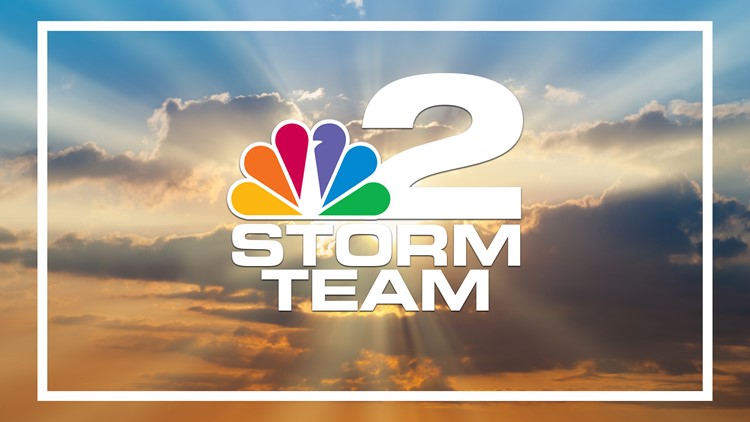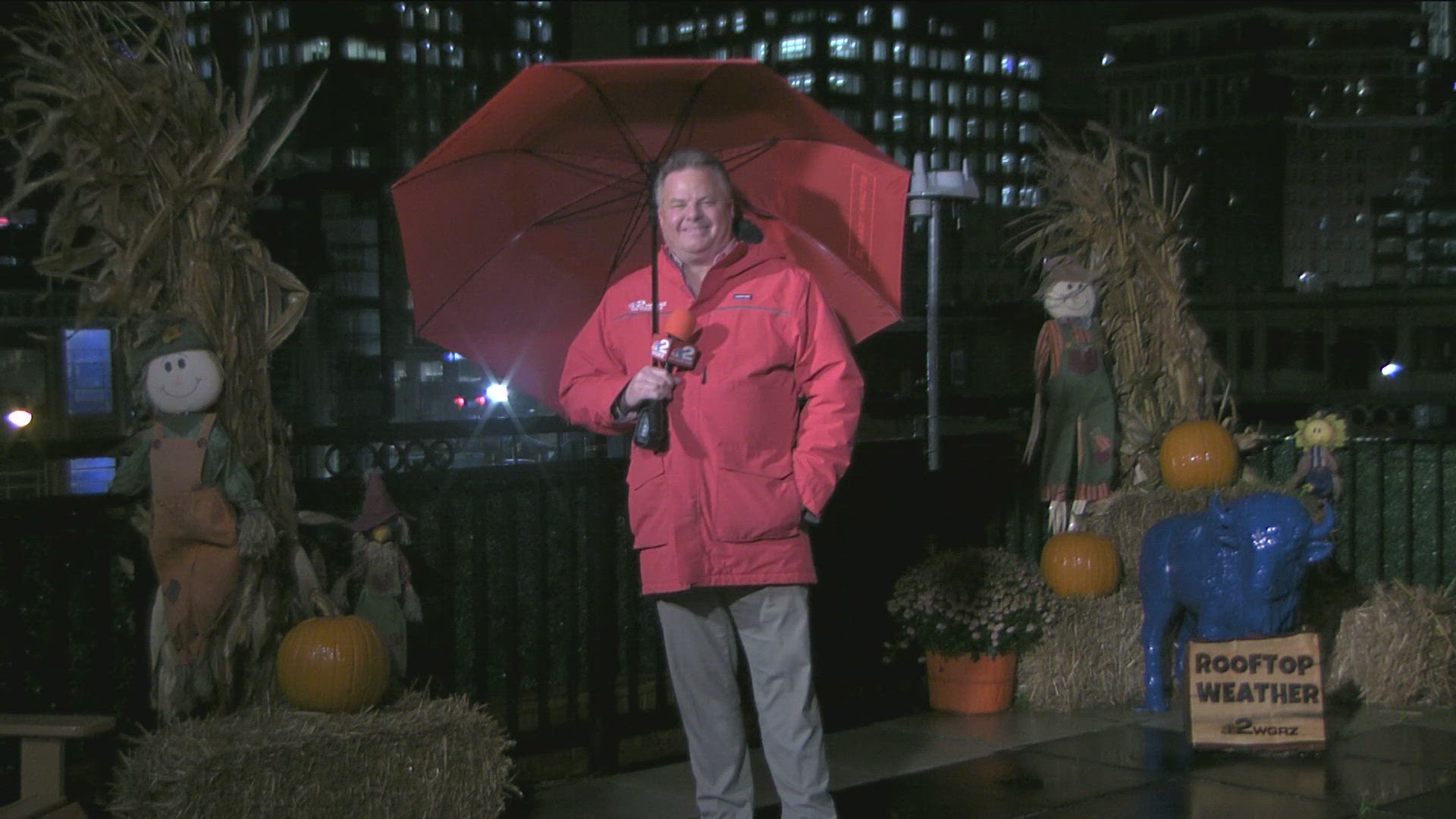BUFFALO, N.Y. — Fall continues to be the leading season for weather diversity in Buffalo. From severe storms, to flooding, to high winds, to the first snow and even ice, fall can have it all! Below is a brief overview of what to expect this year and how to prepare for those weather threats locally.
Severe Storms - Strong to severe thunderstorms are the most frequent in September of the fall months, but stray storm events can continue all the way into mid-November when conditions are right. Just like in the spring, review a severe weather safety plan for at home and on the road in case you need to seek shelter.
Flooding - Flooding was the leading cause of weather-related deaths in the United States in 2019. Whether from powerful storms or an all-day rain event, flash flooding is a threat even as the type of precipitation transitions from rain to snow in this season. Be sure to prepare for possible flooding during a Flood Watch, then monitor local surroundings if any warnings are issued. Remember the phrase, "turn around, don't drown," when out on the road!
Drought & Recreational Fires - Parts of Western New York will enter this season with abnormally dry soil after a slightly drier summer than usual. With that in mind, use caution when lighting a bonfire or any outdoor burning and make sure it's fully extinguished before you leave. And even if a Red Flag Warning is not in place, do not burn on windy days.
High Winds - High wind events can cause the most amount of damage and leave the largest impact all at once. High wind events can be categorized by a constant breeze of over 40 mph with gusts from 60 to 70 mph or greater. During these conditions, it's best to stay inside and avoid being near windows. Power outages and minor property damage are likely during these events, so it's important to have an emergency kit and prepare to be without power as a possible outcome. When driving in strong winds, slow down, avoid changing lanes and watch for loose debris.
Winter Weather - Rain, freezing rain, sleet, ice and snow are all possible from September to November in Western New York, though the frozen type usually don't arrive until mid-October. We can use these months as a practice for the winter to come and restock our weather emergency kits. Now also won't be a bad time to gather materials needed to winterize your car, even though that won't need to be done until later in the season. And if you have a generator in case you lose power, remember to never run a it in an enclosed space!
Locally, those are the main weather threats Western New York could experience now through the end of November. But across the country, other weather phenomenon such as hurricanes and wildfires pose a larger threat in the fall and particularly this year. Hurricane season has reached its peak, though more impressive and impactful systems are still in the forecast. And for the wildfires out west, that season has just reached its peak with the most area burnt in a year.



